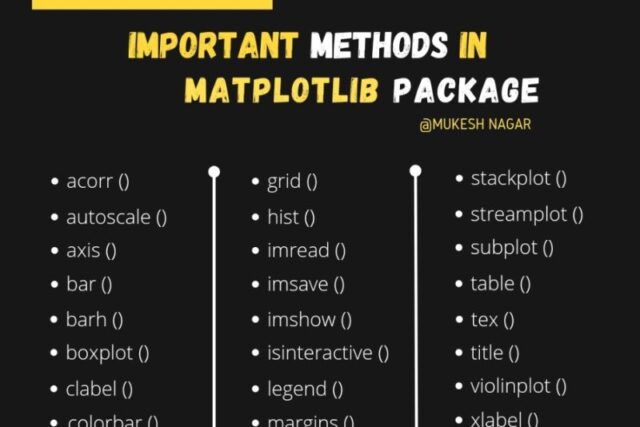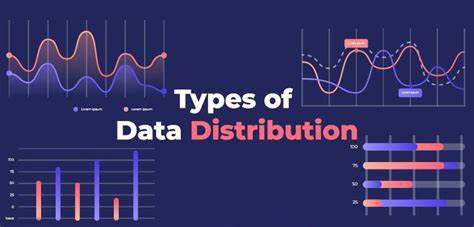Machine learning classification assigns an output label to a piece of input data. Essentially, your function learns to detect whether your input data includes any of the assigned labels. Before determining whether to use multi-class or multi-label classification, you first need to know:
What are the different output labels you’d like to sort your dataset into?
Can a single piece of data be tagged as only one of these labels? or could it be tagged with multiple labels?
Once you answer these questions, you can think through multi-class or multi-label is best for your problem.
Multiclass Classification
Multiclass classification is a type of supervised machine learning problem that requires classifying data into three or more categories. Unlike binary classification, where the model is only trained to predict one of the two classes for an item, a multiclass classifier is trained to predict one from more than two classes for an item. For example, a multiclass classifier could be used to classify images of animals into different categories such as dogs, cats, and birds. The model would learn to identify certain features that are associated with each animal category. Once the model is trained, it can then be used to classify new images into the correct animal category.
In both binary and multiclass classification, each sample is assigned only one label or class.
An example of multiclass classification:
You’re an online clothing retailer. Shoppers like to sort through products by clothing type, so each article of clothing gets labeled based on what it is (e.g., shirt, pants, hat, dress). You create a new multiclass function to automate the process.
Each clothing item is only one type of clothing. Because there’s only one “right” answer for each piece of data, you use multiclass classification. When annotating your training data set, you can select which type of clothing each item is: (Shirt, Pants, Dress, Hat)
The labels are mutually exclusive from each other; one article of clothing cannot be multiple types of clothing.
Multilabel Classification
Multilabel classification categorizes your data set into more than one output label. Multilabel classification can tag one piece of data with multiple labels. As aside, multilabel is sometimes informally referred to as “tagging” since, intuitively, many “tags” can be applied to the same piece of data.
Auto tagging is an example of a multilabel classification problem where a document can be about multiple topics and can be assigned multiple tags. Think of the tags that might be applied to a technical blog, e.g., “machine learning”, “data science”, “statistics”. A typical article might have 5-6 tags applied because these concepts are correlated. Similarly, an image can have multiple objects and thus, can be assigned multiple labels.
For example, a facial recognition system, what to do if it recognizes multiple people in an image.
It will attach each person with a tag and then it will recognize the faces of all the people in the image. Here, people are classes, and the recognition system will attach every tag to every class in this kind of problem.

Image source: training.galaxyproject.org
Difference between Binary, Multiclass, and Multilabel Classification
What’s the difference between Binary, Multiclass & Multilabel Classification?
Binary Classification is where each data sample is assigned only one label from two mutually exclusive classes. Multiclass Classification is where each data sample is assigned only one label from more than two classes. Multilabel Classification is a type of supervised machine learning algorithm that can be used to assign zero or more labels to each data sample.
Summary:
In Multiclass the classes are mutually exclusive, while in Multilabel each label represents a different class. Thanks for taking the time to read this post.
Recommended for you:
Linear and Nonlinear data in Machine Learning
Data Cleaning in Machine Learning









I was suggested this web site by my cousin. I am not sure whether this post is written by
him as nobody else know such detailed about my problem.
You’re incredible! Thanks!